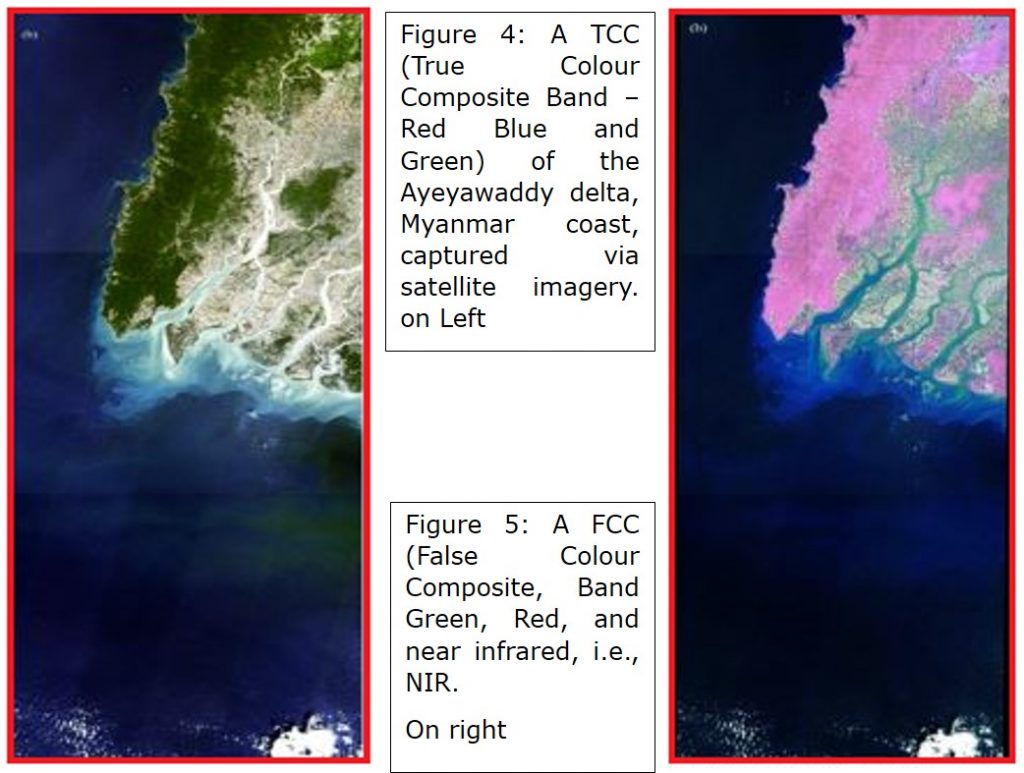In the preceding write up, the origin of cartography (the process of map making) and its importance in medieval times was covered. How and why maps originated and how the spread and reach of man diversified the usage, application, and productivity of the medieval maps was under discussion, too.
The manual mapping techniques were employed for the longest period of cartography and they were relatively accurate and certain about the earthly features. There were survey teams and cartographers that drew maps by hands and used navigational devises such as the early compass and the position of the stars.

“Printing done with copper plate engravings was a tougher work.”
In this write up, focus is on modern maps and their application in addressing contemporary global problems. These maps can help predict, quantify, access, and project, specific issues and their potential solutions. The modern technology relies on digital maps, which utilize software dealing with spatial data (data that represents a space). The spatial data is a common terminology, which is helpful to represent space in many disciplines of science such as engineering, architecture, etc. However, in the case of maps, we would choose the space which better represents the location of the object i.e. ground information. We represent the object location on a digital model of Earth hence it is termed as geospatial location. The software, which processes this geospatial information, called as GIS (Geographic Informatics Systems).

Fig 3 – Representative distribution of satellites around earth over time (Pre-1957 & 2018)
Source: Reference No. 3
Geography (the study of the physical features of the earth and its atmosphere, and of human activity as it affects and affected by these, including the distribution of populations and resources as well as political and economic activities) is an academic discipline, which influences GIS at the root levels. The information about the processes on earth and the general chemical and physical properties of earthly matters is an important key to better GIS practices. With advances in science and technology, cartography depended on light and other sensors, which would capture and project the earthly data to the systems to be process on. GIS majorly utilizes satellite imagery in the modern times, captured by the light sensors. These sensors are adjusted to capture light in specific windows (wavelengths). The data captured in these wavelengths is useful to differentiate ground objects depending upon their chemical composition and behavior with light. To give you an example, more solid objects such as roads and urban settlements tend to reflect more light back to the sensor appearing brighter in satellite imagery whereas, water absorbs most of the light falling on it making it appear darker in the satellite imagery.
We use light sensors to capture vital information of earthly features as light is the only energy that propagates in space. The satellite present above earth’s atmosphere depending upon the height, the orbit and whether it is a geostationary (fixed position over a specific location, moving with earth, approximately at 35,000 km) or a medium-Earth orbit (20,000 km) and the sensor specification, the ‘swath’ (Area of capture) is generally larger which captures more information in a single imagery. The resolution of the image (the ability of an image to differentiate the distance between two objects) makes the image more interpretable and more accurately to decode. This ability to observe earthly features from a specialized sensor saves us money, time and provides a general direction to proceed.

Source: Reference no. 1, for both
These satellites include military and civilian Earth observation satellites, navigation satellites, communications satellite, weather satellites, space telescopes, space stations and spacecraft’s in orbit are satellites.
Modern sensors are crucial tools in development of maps and map-making process (cartography) utilized for diverse purposes such as Earth Observation, GPS technology which utilizes sensors to capture location on earth surface from other satellites. In the following images the utilization of various sensor bands (window of wavelength) to see sediment flow in the delta region. The TCC (True Color Composite) is the color we see and perceive our environment and the FCC (False Color Composite) is a combination of specific bands with individual wavelength classes. As seen above in the FCC it is easier to differentiate and observe water bodies and general area with moisture (Light Pink region).
These applications are utilized to observe and calculate the earth features. We at ET (Environics Trust) are working with satellite data to capture land features and focus around our area of interests (AOI). We utilize the satellite image data to generate river basins, observing the changes in land-use features over time, to see changes along river coasts and potential changes from upcoming proposed projects. We see impact of urban settlements, the pattern of resource spread, changes in and around areas of critical status such as national parks, tribal villages and potentially environment, impact sites, i.e., power plants, mineral mines, coal deposits, shoreline changes, etc. We generate maps from secondary data available with government or private sources and try to align the patterns in these data to plan our primary research objectives to observe changes and their probable causes.
Author – Aman Pathak
References:
- Alisha Khan* (2018). Methodical report in the retrieval of high-resolution geo-physical parameters: Total suspended matter (TSM), Evaluation and analysis. Personal Communication
- Robinson et al (1995). Elements of Cartography. John Wiley & Sons, New York
- Stuff in space website: http://stuffin.space/

Recent Comments